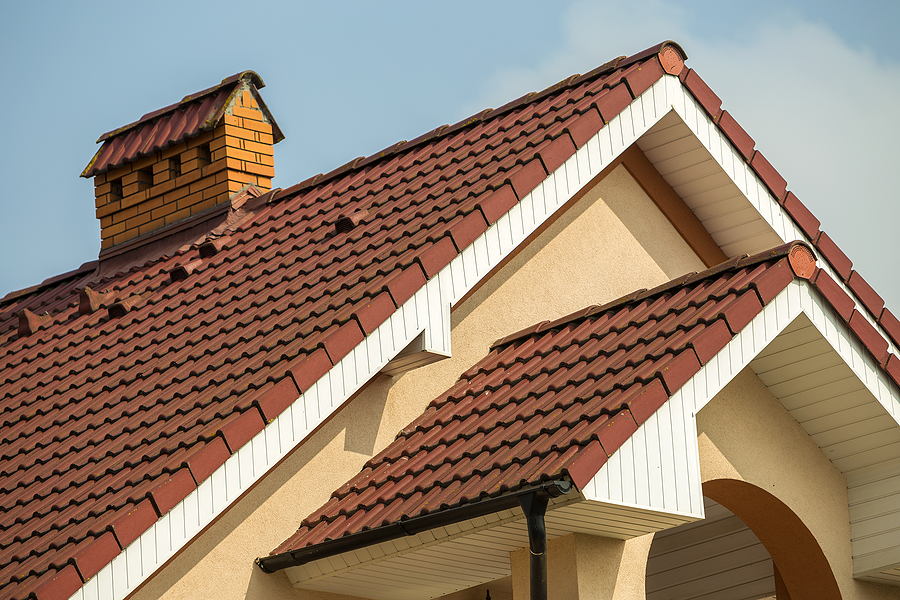Roof Pitch Explained - Why Is it Important?

The slant of your roof is essential to its strength and durability because it regulates how fast excess water and debris fall off. Various factors determine the most suitable roof inclination for your Las Vegas home. Contact Cooper Roofing & Solar LLC today if you want your roof pitch explained in detail.
Roof Pitch Measurement
Although some people use slope and pitch interchangeably, they are two separate concepts. The slope calculates the ratio of the roof's vertical rise to every 12 inches of the horizontal run on a plane. For instance, if your roof rises 10 inches at a distance of 12 inches, its slope is 10:12.
We calculate roof pitch as a ratio of the vertical rise to the horizontal span. The higher the former is, the steeper the shelter in question. The span is the end-to-end distance between the points where the roof touches the wall plate from the outside. We typically measure it in feet.
You can use the slope measurement to have your roof pitch explained. Roofing specialists have conversion charts that provide an applicable estimate using its slope ratio. Although there are various roof pitches, we can classify them under these five broad categories: gable, hip, gambrel, mansard, and flat roof.
Why is Roof Pitch Important?
Other than determining how well your roof drains the water, the pitch also dictates suitable materials for your roof. For example, asphalt shingles are preferable for slopes ranging from 4/12 to 20/12, while wood and slate are best for 5/12 to 12/12 ratios.

